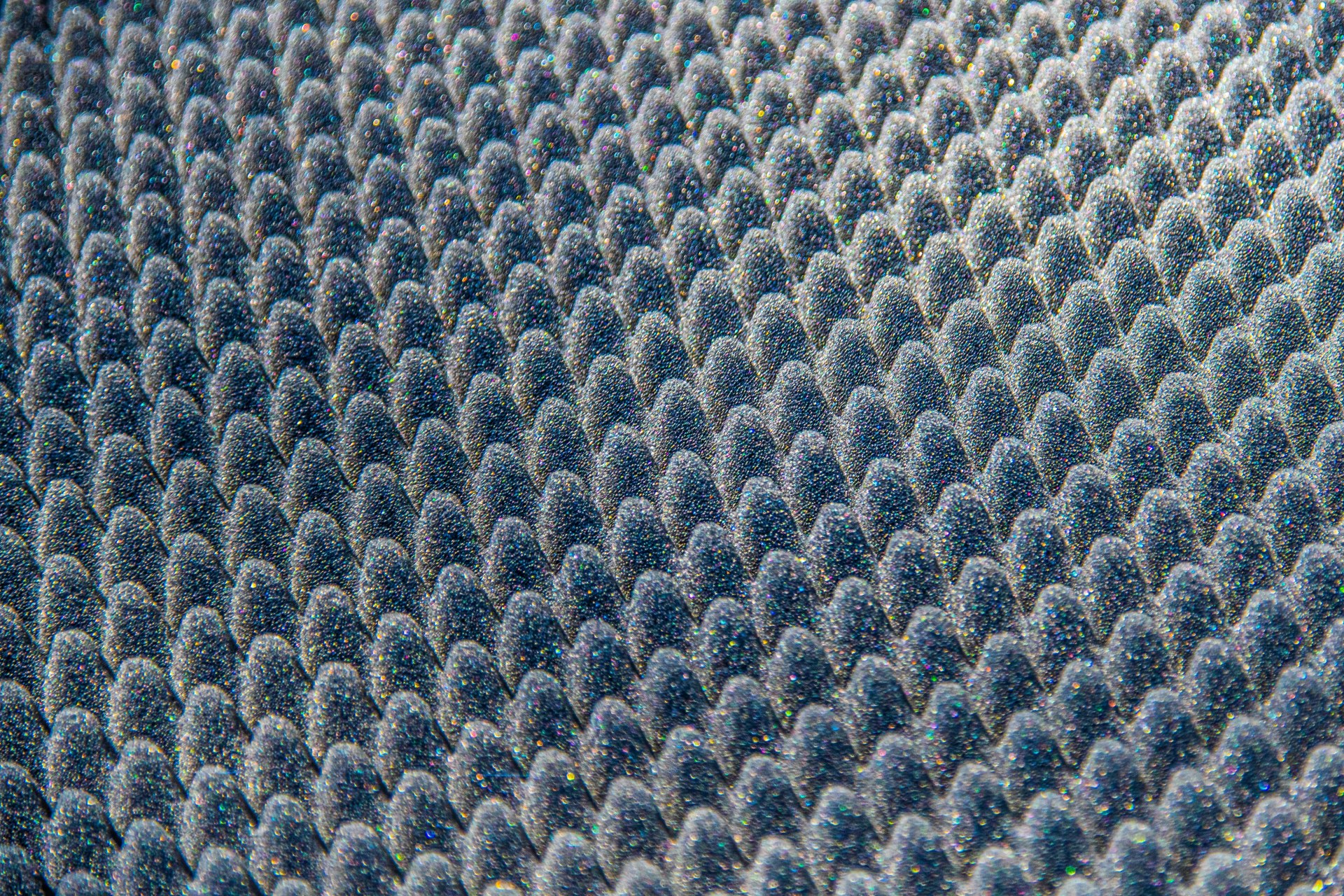
Soundproofing your walls and floors is a great way to create more serene spaces. It’s also an incredibly helpful way to generate good will between you and your neighbors. Soundproofing rooms delivers a number of benefits, but it’s got to be done right to provide the best results.
Do acoustic panels block outside noise? Will carpeting soundproof your floor? Part of doing it right includes answering some simple questions. But how do you know which tips work and which ones don’t? The first step in creating a soundproofing plan for your place is to separate myths from reality.
There are a lot of soundproofing myths floating around out there, and knowing what they are will help you avoid some of the soundproofing solutions that don’t do much. These solutions are not always entirely unhelpful, but understanding where they fall short will help you make choices that deliver results.
What are Soundproofing Myths?
Will learning where to place acoustic panels instantly provide you with a soundproof room? Probably not. People often misunderstand what specific materials actually do. They believe they are soundproofing their rooms, even though the materials are really made for acoustically treating rooms. Using these materials to try to soundproof a room will deliver mixed results at best.
Most soundproofing myths involve products that are actually somewhat helpful in acoustically treating the room but that don’t add mass or decouple surfaces. In order to spot myths more easily, let’s take a quick look at what an effective soundproofing plan actually looks like.
How to Correctly Soundproof a Space
Add Mass
The most important thing you want to accomplish when attempting a DIY soundproofing project is to add mass to the walls and doors. Sound waves can easily travel through thin walls, but the more mass you add, the more trouble those waves have in making it through to the other side. There are a number of ways you can add mass, and this should be the first step in soundproofing walls and doors.
Seal Gaps
Even the densest walls and doors can’t stop sound from passing through gaps and cracks. As a simple rule of thumb, if air can pass through, so can sound. Stop sound waves from passing through any gaps and cracks by sealing them well.
Add Sound Damping Materials
When sound passes through walls and doors to the other side, it’s largely the result of vibrations passing from one side to the other. If you want to keep those vibrations on one side, you’ve got to stop them from passing from one surface to the next. Sound damping materials work by transforming vibrational energy into heat energy. That transformation means there are no more vibrations left to work their way across the barrier.
Decouple the Surfaces
When we decouple one surface from another, what we are trying to accomplish is a physical separation that makes it harder for vibrations to pass from one hard surface to the next. If there is a gap between surfaces, vibrations won’t travel as easily through the structure and will lose intensity along the way.
Myths About Soundproofing
Now that we’ve looked at some of the effective methods for soundproofing a room, let’s look at some soundproofing myths that are pervasive in misguided internet articles.
Acoustic Panels Soundproof Walls
Since many people misunderstand the difference between soundproofing a room and acoustically treating it, they believe that hanging acoustic panels on the walls will soundproof them. It’s important to remember that acoustic panels are sound absorbers, and not sound blockers. They can be used to successfully lower the sound in the room and eliminate reverberation. This makes soundproofing an easier job, but learning how to use acoustic panels won’t serve as an immediate solution to your sound problems.
Area Rugs and Carpeting Will Soundproof Your Floors
Many people believe adding area rugs or wall-to-wall carpeting will soundproof their floors, but that’s not the case. Area rugs and carpeting actually do a decent job of making your floors less reflective and reduce impact noises caused by people walking around, but they don’t actually do anything to soundproof the floor.
If you happen to be putting new carpet in the room already, starting with a layer of soundproof floor underlayment will add some mass and reduce the impact sounds that travel through the floor. At the end of the day, area rugs and carpeting should be used as a complement to your soundproofing and acoustical treatment plan, but not as a soundproofing material.
You Can Use Soft Furnishings to Soundproof a Room
Like carpeting, soft furnishings do little to actually soundproof a room. Both the carpeting and soft furnishing soundproofing myths are based upon the fact that they absorb a few sound waves and do actually help with some amount of acoustical control. While they can help lower the sound levels in the room, making soundproofing a little easier, they do not provide any protection against sound transmission across walls.
Regular Insulation will Soundproof a Room
Another one of the soundproofing myths that seem to be pretty popular is that rolling out a few bats of insulation will solve your sound passage problems. This is a tricky one because it has some basis in reality. While there are different types of insulation that are specifically manufactured to reduce sound passage, the types of thermal insulation you’ll find at your local hardware store are not designed to block sound transmission. Thermal insulation does a great job of preventing heat energy from traversing the wall, but it does very little to absorb vibrations.
Soundproofing Materials are Ugly
Many people picture egg cartons stapled to the walls when they picture soundproofing measures, but I can assure you that this is another one of those soundproofing myths that’s simply not true. Most soundproofing materials actually go completely unnoticed since they are hidden within the walls and doors. Acoustical treatments live inside the room, but they have advanced to the point that they serve as customizable art pieces as well as sound absorbers.
Egg Cartons are Effective Soundproofing Materials
Speaking of egg cartons, their resemblance to some traditional acoustic foam setups has given some people the idea that mounting them on their walls will soundproof a space. This is not the case, however. The materials that egg cartons are made of are too porous and have too little density for proper soundproofing. It’s best to avoid this soundproofing myth altogether.
Soundproof Paint and Wallpaper are Effective
If you’re considering soundproof paint or wallpaper to keep sounds from traveling from one room to the next, you may want to reconsider. The effectiveness of these solutions is so minimal that we’ve included them in this list of soundproofing myths. While each may absorb some small percentage of sound waves in the space, they are far too thin to effectively soundproof the room. When it comes to acoustic padding, walls require a much thicker layer, and there are other products that deliver on much higher levels.
You Can’t Soundproof Windows
Some people believe there is no way to soundproof windows since adding mass to the glass is impractical and unlikely to deliver results. Soundproofing windows works a little differently than soundproofing walls, but windows can provide superior soundproofing. Upgrading to windows with multiple panes and sealed gaps between the panes will keep the majority of inside and outside noises where they belong. If you’re not looking to replace your windows, window inserts deliver many of the same benefits at a fraction of the price.
Regular Curtains and Drapes will Soundproof a Room
Many people believe that the soft, porous nature of ordinary household curtains and drapes make them suitable materials for soundproofing. The problem is that ordinary curtains and drapes don’t have enough mass to absorb and trap sound waves. If you want to use curtains to soundproof your windows or to separate spaces, you should upgrade to heavyweight acoustical curtains. They are incredibly versatile and can be repositioned and repurposed quickly and easily.
One Product Can Soundproof a Room
Of all the soundproofing myths out there, this is one that you’ll want to keep in mind when soundproofing your spaces. People always want to get the biggest bang for their buck, and if a simple, inexpensive solution can solve our problems immediately, that’s the one we want. Unfortunately, there isn’t one single product that will soundproof your room on its own.
Learning how to use soundproofing panels and ideal acoustic panel placement are great starting points, but you’ll need to take a much more comprehensive approach to actually stop sound waves from passing from room to room. A proper plan and professional products are the way to get the results you’re after.
Consult with the Pros
If these myths make up a good deal about what you know about soundproofing, you won’t have to start from square one. Your local pros know the ins and outs of both soundproofing and acoustical treatment and can provide the professional products that will give you the sonic separation you’re after.
Whether your project includes soundproofing meeting rooms, recording studios, or bedrooms, ASI can help you avoid getting hung up on soundproofing myths and ensure you use the right materials to effectively soundproof your space on the first go round.




